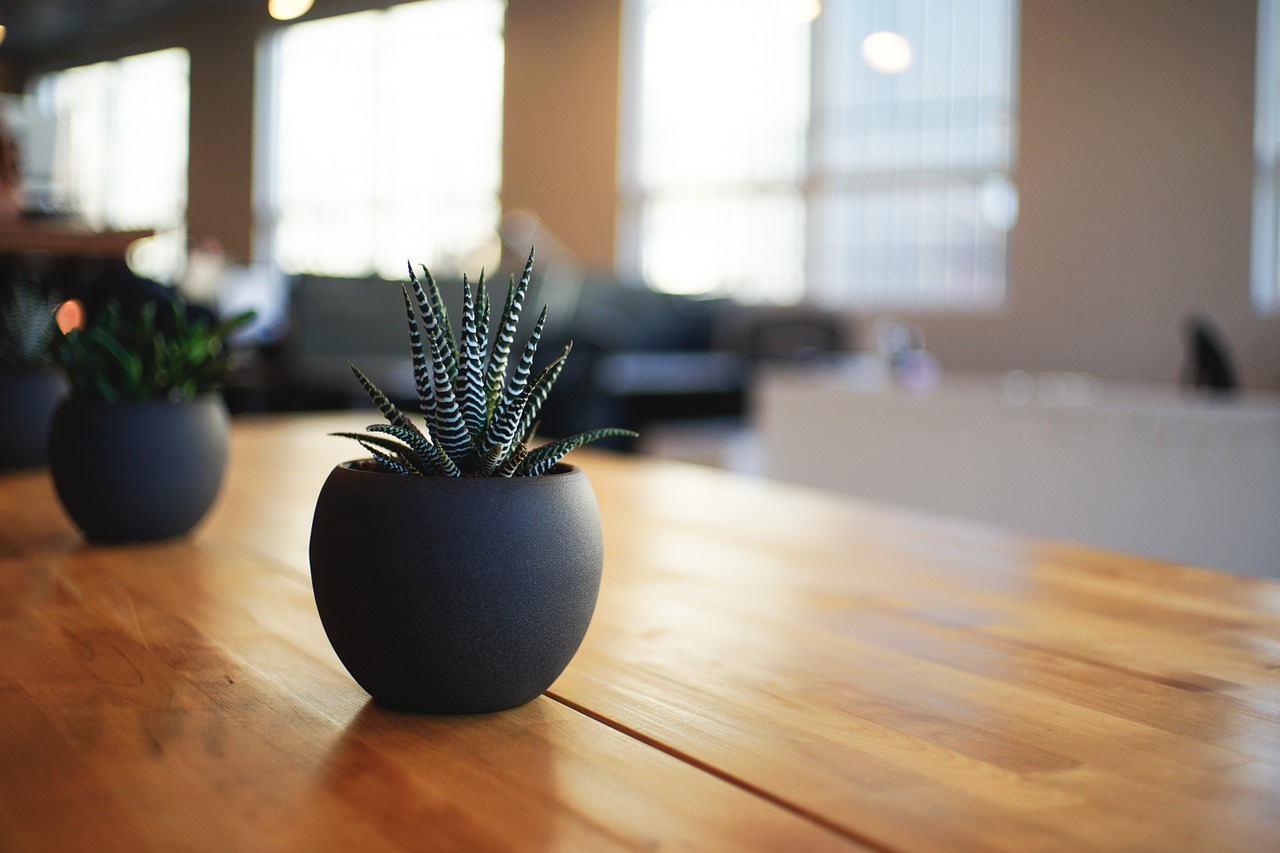How Do I Care For Houseplants?
Plants also need sufficient oxygen, water and light as well as the right humidity even inside the living rooms. Houseplants need to be repotted at the right time and good plant fertilizer also helps with their growth. Strong plants are also less likely to become ill, but background knowledge of typical pests is still important in order to effectively fight a disease at an early stage.
In order for your houseplants to grow and thrive in a healthy and vigorous way, they need the right care. You can find out some interesting facts on how to take care of your plants in this guide.
House Plants And Humidity
Houseplants provide a pleasant climate inside the living room – among other things, as plants increase the humidity. Residents benefit greatly from this. However, houseplants also need the appropriate humidity in order to thrive optimally. Above all, the air in the room should not be too dry.
Many plants require indoor air with around 60% to 70% humidity. In tropical plants, it is even over 80% humidity. In comparison, people feel comfortable at around 40% to 60%. Since the houseplants themselves contribute to the increase in humidity, several plants help to achieve a constantly higher value. In addition, you can regularly spray your plants with water and clean the leaves of dust. This care is especially important in winter in heating air or in hot summers.
The Right Location For Houseplants
Each houseplant has a preferred location. The right place for a plant depends mainly on light, humidity, temperature and room activity.
Sunny locations: Stronger sun exposure Tolerateca, Gerbera and Chrysanthemum as well as palm species such as the fan palm. Take into account that other plants need significantly more water in sunnier locations as well as in summer or during heating periods.
Bright to semi-shady locations: The typical location in apartments is bright to semi-shady. For the semi-shade are suitable green plants such as Green Lily, Efeutute or Dragon Tree. Brighter like it gum tree, yucca and many flowering plants. In principle, these have a higher need for light than pure green plants.
Shaded locations: Plants such as Farne, Vandas, Spathiphyllum or Sansevieria do well with little light – but require a high humidity and are therefore ideal for the bathroom.
If plants stand directly above the heater, leaves can dry out quickly. The plants now need more water. Here, cacti are particularly suitable.
Houseplants Watering Properly
Plants need fresh water on a regular basis – but each species has its own needs. Inform yourself about each plant species individually. If a plant is watered too much, wetness, the roots rot or the plant drowns. If the plant needs a lot of water, the substrate should always be moist if possible.
A plant with moderate water requirements gets new water when the substrate feels dry during the finger test. If the plant requires hardly any water, the substrate can remain dry for a long time.
As a rule, you pour houseplants at the roots. Many plants such as orchids need an occasional diving bath. Take the plant out of the planter and place it in a bucket full of lukewarm water with the plant era until no more bubbles are visible. After that, all air-drying to avoid waterlogging.
Most houseplants also enjoy an occasional lukewarm shower. Brewing in the tub frees plants such as Ficus, Palms or Ferns from dust.
In heat and heating periods, consider that your houseplants need more water. If, on the other hand, the plants are in cool rooms in winter, reduce the watering – the plants make a kind of hibernation and need significantly less liquid.

